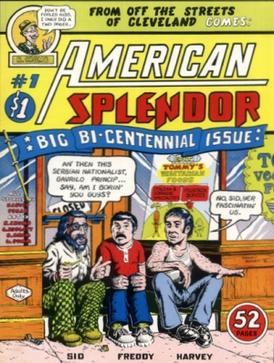
American Splendor is a series of autobiographical comic books written by Harvey Pekar and drawn by a variety of artists. The first issue was published in 1976 and the last one in September 2008, with publication occurring at irregular intervals. Publishers were, at various times, Harvey Pekar himself, Dark Horse Comics, and DC Comics.

Maus, often published as Maus: A Survivor's Tale, is a graphic novel by American cartoonist Art Spiegelman, serialized from 1980 to 1991. It depicts Spiegelman interviewing his father about his experiences as a Polish Jew and Holocaust survivor. The work employs postmodern techniques, and represents Jews as mice and other Germans and Poles as cats and pigs respectively. Critics have classified Maus as memoir, biography, history, fiction, autobiography, or a mix of genres. In 1992 it became the first graphic novel to win a Pulitzer Prize.
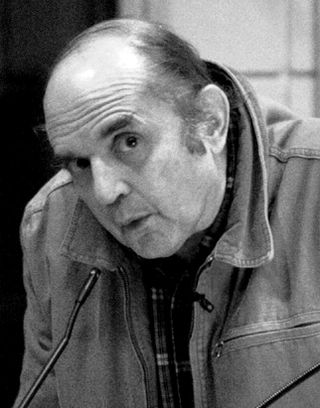
Harvey Lawrence Pekar was an American underground comic book writer, music critic, and media personality, best known for his autobiographical American Splendor comic series. In 2003, the series inspired a well-received film adaptation of the same name.
An autobiographical comic is an autobiography in the form of comic books or comic strips. The form first became popular in the underground comix movement and has since become more widespread. It is currently most popular in Canadian, American and French comics; all artists listed below are from the U.S. unless otherwise specified.
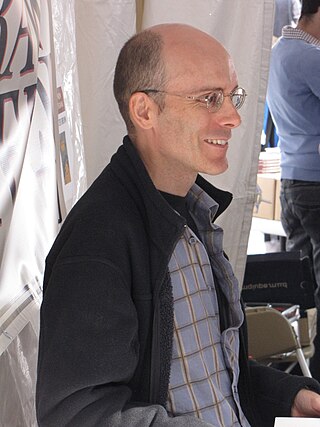
Chester William David Brown is a Canadian cartoonist. Brown has gone through several stylistic and thematic periods. He gained notice in alternative comics circles in the 1980s for the surreal, scatological Ed the Happy Clown serial. After bringing Ed to an abrupt end, he delved into confessional autobiographical comics in the early 1990s and was strongly associated with fellow Toronto-based cartoonists Joe Matt and Seth, and the autobiographical comics trend. Two graphic novels came from this period: The Playboy (1992) and I Never Liked You (1994). Surprise mainstream success in the 2000s came with Louis Riel (2003), a historical-biographical graphic novel about rebel Métis leader Louis Riel. Paying for It (2011) drew controversy as a polemic in support of decriminalizing prostitution, a theme he explored further with Mary Wept Over the Feet of Jesus (2016), a book of adaptations of stories from the Bible that Brown believes promote pro-prostitution attitudes among early Christians.
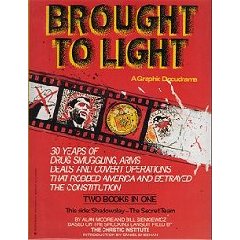
Brought to Light - subtitled Thirty Years of Drug Smuggling, Arms Deals, and Covert Action - is an anthology of two political graphic novels, published originally by Eclipse Comics in 1988.
Gary G. Dumm is an American comic book artist known particularly for his work illustrating the comics of Harvey Pekar.
Frank Huntington Stack is an American underground cartoonist and fine artist. Working under the name Foolbert Sturgeon to avoid persecution for his work while living in the Bible Belt, Stack published what is considered by many to be the first underground comic, The Adventures of Jesus, in 1964.

Toby Radloff is a former file clerk and actor who became a minor celebrity owing to his appearances in Cleveland writer Harvey Pekar's autobiographical comic book series American Splendor. Radloff has a distinctive manner of speech and quirky mannerisms. He is a self-proclaimed "Genuine Nerd".

Dean Edmund Haspiel is an American comic book artist, writer, and playwright. He is known for creating Billy Dogma, The Red Hook, and for his collaborations with writer Harvey Pekar on his American Splendor series as well as the graphic novel The Quitter, and for his collaborations with Jonathan Ames on The Alcoholic and HBO's Bored to Death. He has been nominated for numerous Eisner Awards, and won a 2010 Emmy Award for TV design work.
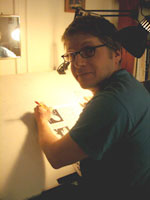
Josh Neufeld is an alternative cartoonist known for his comics journalism work on subjects like graphic medicine, equity, and technology; as well as his collaborations with writers like Harvey Pekar and Brooke Gladstone. He is the writer/artist of A.D.: New Orleans After the Deluge, and the illustrator of The Influencing Machine: Brooke Gladstone on the Media.

American Splendor is a 2003 American biographical comedy-drama film about Harvey Pekar, the author of the American Splendor comic book series. The film, which is a hybrid production featuring live actors, documentary, and animation, is in part an adaptation of the comics, which dramatize Pekar's life. American Splendor was written and directed by documentarians Shari Springer Berman and Robert Pulcini.
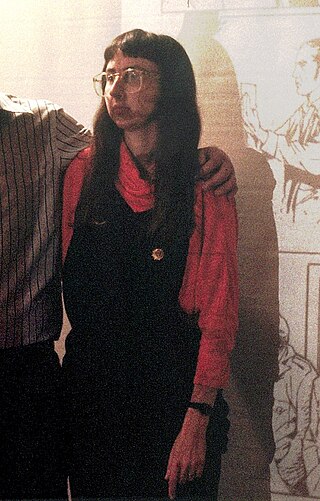
Joyce Brabner is an American writer of political comics and the widow of Harvey Pekar.
Joe Zabel is a comic book writer and artist living in Cleveland Heights. He is best known for his work illustrating American Splendor, by fellow Clevelander Harvey Pekar. Under the company names Known Associates Press and Amazing Montage Press, Zabel has also published his own series of mystery comics, The Trespassers.
Silly Daddy is a comic book, graphic novel and webcomics blog by Joe Chiappetta. Born out of the American Independent Comics Movement, the comic started shortly after the birth of his first child in 1991, artist Joe Chiappetta began his career as "Silly Daddy", a mostly autobiographical comic series centered on his experience as a father. Since Joe is a resident of Chicago, most of the Silly Daddy adventures take place in the Chicago area or local dreamland. Major themes in this eclectic series include parenting, family relationships, goofing off, the search for joy and meaning in life, and redemption. The print comic version and the webcomic have elements of humor, surrealism, and slice-of-life observations.
Gerald James Shamray was an American comic book artist known for his work on Harvey Pekar's autobiographical comic book series American Splendor and the syndicated comic strip John Darling.

Non-fiction comics, also known as graphic non-fiction, is non-fiction in the comics medium, embracing a variety of formats from comic strips to trade paperbacks.
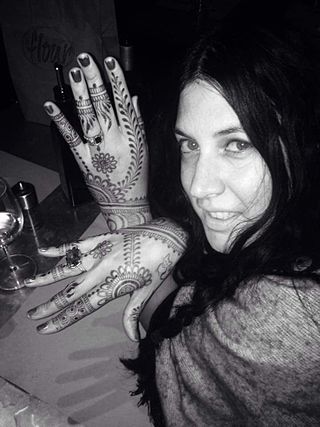
Tara Seibel is an American cartoonist, graphic designer and illustrator from Cleveland. Her work has been published in Chicago Newcity, Funny Times, The Austin Chronicle, Cleveland Scene, Heeb Magazine, SMITH Magazine, Mineshaft Magazine, Juxtapoz, Jewish Review of Books, Cleveland Free Times, USA Today, US Catholic, The New York Times, Los Angeles Times and The Paris Review.
Graphic medicine connotes the use of comics in medical education and patient care.
Greg Budgett is a Cleveland, Ohio-based comic book artist known particularly for his work illustrating the comics of Harvey Pekar. Most of Budgett's work on Pekar's American Splendor and other comics has been in partnership with Gary Dumm, who has inked most of Budgett's stories.












